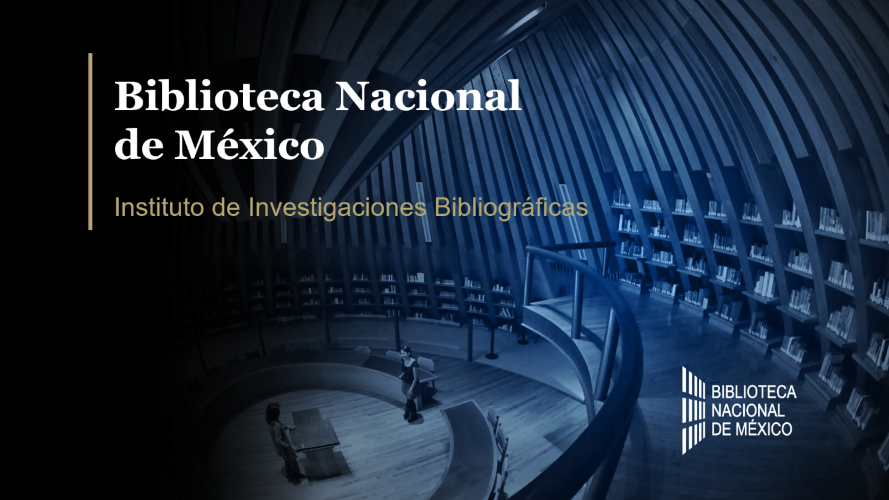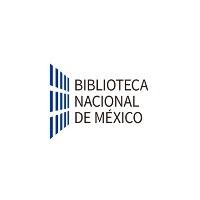Alberto Castro Thompson, Ana Yuri Ramírez Molina and Lisandro Pablo Olivares work in the Innovation and Digital Strategy Coordination (CIED) team at Biblioteca Nacional de México

The National Library of Mexico (BNM) is legally empowered by a Decree of Legal Deposit of national scope since 1812[i] and last modified in 1991, being in this reform where publications in electronic formats are included for the first time.
From the modification of the Decree, the BNM receives and registers among its collections, diverse electronic resources such as audios, videos, interactive materials and even databases. Many of these contents have been received in various and different types of physical media, such as magnetic tapes, floppy disks, CD-ROM, DVD, just to mention a few. Elements that recently coexist with new formats, storage devices and new file transfer or download services; expanding the aspects to be considered for the reproduction and preservation of these materials.
Given the rapid evolution of information technologies and the growing increase in publications in digital environments in recent years, the challenge of the management, treatment and preservation of digital resources in legal deposit involve complex components that the library is still evaluating and, in some cases have found only partial solutions. We have to add the difficulties to grant the consultation service of those materials that are still in original magnetic media and that due to obsolescence of formats, applications and technologies, require special treatments to be consulted.
With the creation of the National Digital Newspaper Archive of Mexico (HNDM) and the National Digital Library of Mexico (BNDM), it is essential the establishment of norms, guidelines and digitalization processes that guarantee their permanence in time, where both libraries add more than 10 million images available to the public.
For BNM it is clear that digital preservation is a broad and complex issue that demands the knowledge of different specialists in multiple disciplines, and even goes beyond the participation of experts, as mentioned in the Charter on the preservation of digital heritage, issued in 2003 by UNESCO, when referring to the sum of efforts by "... governments, creators, publishers, industrial sector and institutions that deal with heritage."
Given the magnitude of the challenges in digital preservation of the documentary heritage of Mexico, it is essential to lean towards strategies that pave the way and favor the development opportunities. In that sense, the BNM works in different lines of action that are expected to have a positive impact on the creation of an institutional plan with short, medium, and long-term achievements.
Main actions for digital preservation in the BNM:
Since 2014, the BNM works and promotes the collaboration with other governmental institutions so that the Decree becomes a Law of Legal Deposit, which would cover a wider spectrum of materials and the new methods of publication.
In 2016, a group of specialists interested in the subject was formed, called the Digital Preservation Group (GPD) (http://www.preservaciondigital.unam.mx/), constituted as an Interinstitutional Research Network, with the participation of members of the National Autonomous University of Mexico (UNAM), representatives of other public universities in the states of the country, government entities and staff of BNM itself. To date, it is a constantly growing collaborative network that promotes research, the development of institutional policies, evaluation and development of technologies, and functions as a laboratory where problems and possible solutions are analyzed.
In the same year the organizational structure of the BNM is modified by including the Coordination of Innovation and Digital Strategy (CIED), with the aim of having a cross-sectional support area for the National Library (BNM) and Newspaper Library (HNM); in addition to establishing lines and strategies of action for the planning, organization and consolidation of the institutional infrastructure for digital preservation.
From the incorporation of the CIED, the development processes have been initiated, these processes are focused on policies to adapt and regulate aspects of digitalization and incorporate new activities for the reception of the digital legal deposit. In addition, technical processes for the conformation of digital collections have been adapted in order to preserve them in the long term. These aspects required the strengthening of institutional infrastructure, mainly in the incorporation of specialized human resources, expansion of storage capacity and improvements in connectivity.
All of the above is the result of multidisciplinary work between different areas of the library, newspaper library and CIED; and under an integral vision of institutional efforts; librarians, specialists in conservation, specialists in photography and imagery, historians and engineers in information technology, who in coordination with the authorities add experiences and knowledge in order to safeguard the documentary heritage of Mexico.
